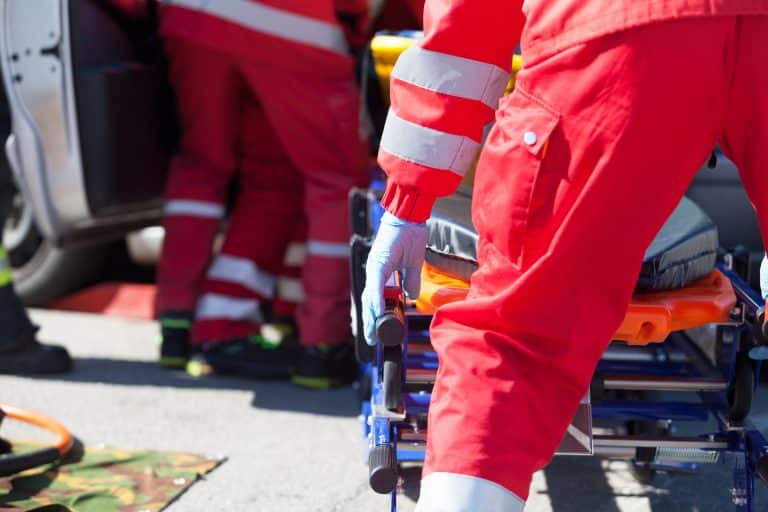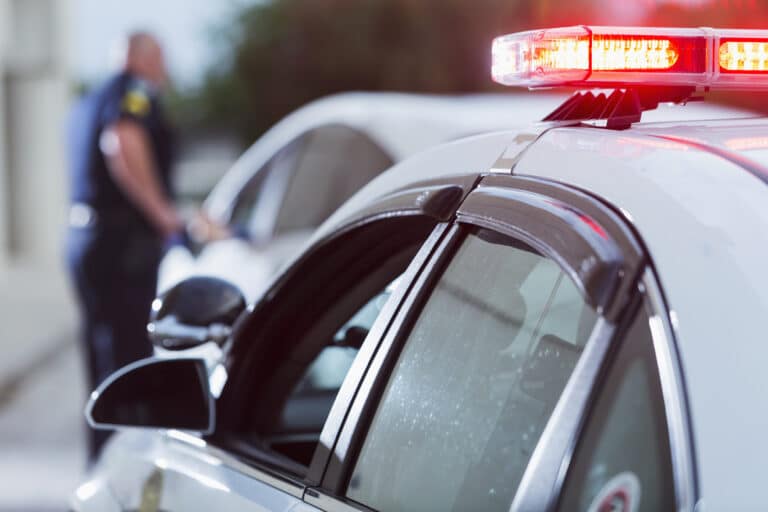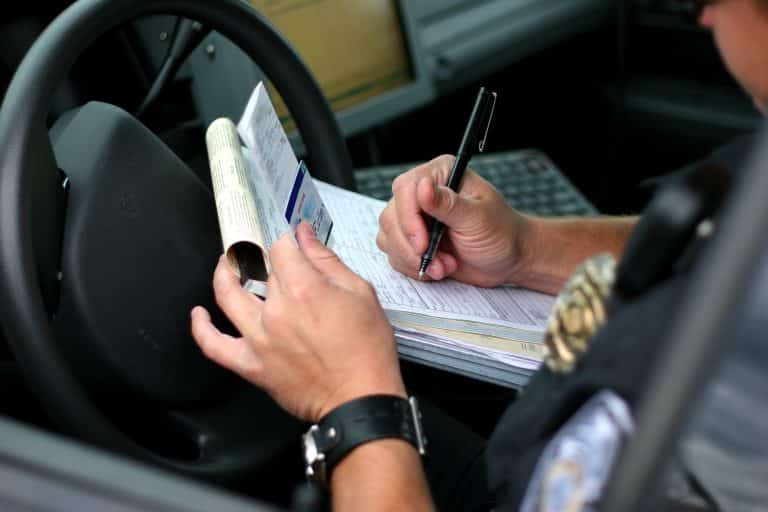Well-trained police dogs rely on their sophisticated sense of smell, as well as their speed and stamina, to track down suspects, detect contraband, and maneuver into places where an officer cannot. According to an FBI Law Enforcement Bulletin cited by the American Kennel Club, it’s believed that canines’ sense of smell is 44 to 100 times better than that of humans. The most popular breed used in policing, the German Shepherd, accelerates quickly and can hit a speed of 30 mph. Given these facts, it’s not surprising that canine units have become an integral part of policing.
The New York State Police created the Division Canine Unit in 1975 and it has grown from an original three teams to more than 90 today. There are currently 29 explosives detection canine teams, 57 narcotic detection teams, and four bloodhound teams.
Each canine “unit” consists of the handler (police officer) and the dog. All NYPD canine units have a deep bond. After rigorous training, the dog is not only the officer’s sole partner; it also lives in the same home.
My own personal experience with an NYPD canine unit involved searching for a robbery suspect, who fled into a field adjacent to a park. We requested assistance from a canine unit and, after some time, the perpetrator was located hiding in some bushes. At one time, we also used them to bark loudly to rouse homeless people in the subway system, but the dogs never came in direct contact with them.
Today, canine units are used to patrol the subways, prisons, parks, and anywhere else you might imagine. Whether it’s above or below ground, the dogs are sometimes needed to subdue or apprehend someone, and bites by police canines can inflict pain and cause injury. But it’s important to note that New York City mostly limits their use to felony cases.
Training of Police Dogs
In response to claims that canine units were being deployed improperly, the U.S. Department of Justice issued a requirement that police departments establish policies controlling their use. In New York, dogs train in a large facility set on 2,000 acres. Over the course of 20-weeks, “a new handler and an untrained canine are teamed together and undergo a strenuous program during which the teams are instructed in: basic obedience, agility, handler protection, either narcotics or explosives detection, tracking, building searches, veterinary first aid, and land navigation - map and compass course.” All courses must be passed before a canine is sent out on patrol. Moreover, re-certification is done twice a year at the training facility.
Bite and Hold
One common command used by canine handlers is referred to as “bite and hold.” This is when a dog latches onto a suspect with its teeth and does not release its grip until told to do so. Obviously, this tactic may cause injury to the person being held by the dog and can lead to litigation. One recent case made it all the way to the U.S. Court of Appeals for the Second Circuit.
William McKinney became hostile after his arrest by police and threatened to harm himself and officers. As one of the attempts to subdue McKinney, the police canine named Hunter was directed to bite and hold his lower right leg. McKinney sued, claiming that the use of force violated the 4th amendment to the U.S. Constitution, which protects citizens from “unreasonable searches and seizures.” However, the appeals court disagreed, ruling that the officer who commanded Hunter to “bite and hold” Williams for just over two minutes was justified.
Use of a Warning
Using a properly trained police canine to restrain a person is generally considered a non-deadly use of force. Although their use may be justified for a very combative suspect, giving a warning before they are released is a critical factor when weighing whether or not their deployment constitutes excessive force. For this reason, we’ll try to warn a suspect before releasing a dog, and we won’t use one at all if the suspect is compliant and not posing a threat to themself or others. However, if we fear that there is an immediate safety threat to others, we may need to use a canine without warning.
The best advice that I can give – and this applies to all interactions with law enforcement – is to comply with requests made by an officer at the scene so the use of a police dog isn’t necessary. Although canine units are trained to attack extremities (arms and legs), these bites can lead to medical issues, such as infection, fractures, and nerve and tendon damage. We prefer not to use them unless there is no other choice.





